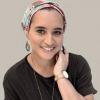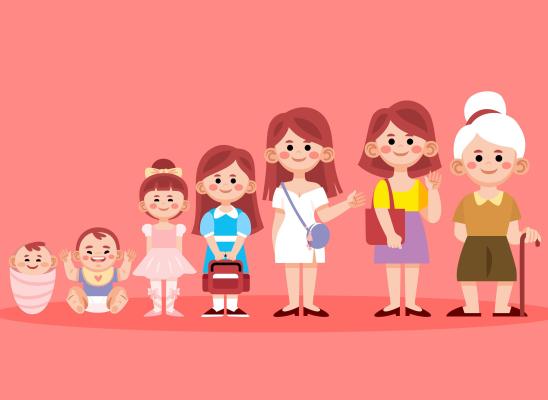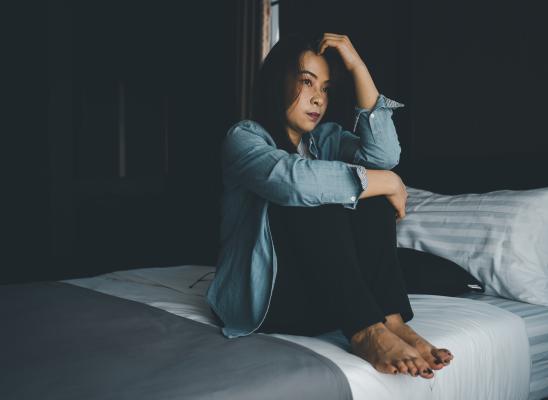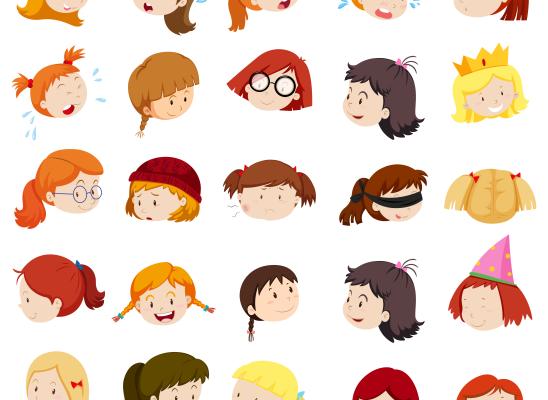When Facial Hair, Eyelash and Eyebrow Pulling becomes a problem

Online test
Find out the severity of your symptoms with this free online test
They say that beauty is only skin deep, but in a world where aesthetics determines value and stature in life, the desire for physical perfection is rigorously sought. Media and marketing campaigns perpetuate the perception that human beings should define themselves by their physical appearance and that our propensity for success is dependent on our ability to project outward beauty. In this vain it is not unusual for people to modify aspects of their physical appearance in pursuit of such perfection. There is another saying that “beauty is in the eye of the beholder”, and yet people generally try to conform to the societal projection of how beauty is defined, regardless of its applicability to what is natural or what is in line with cultural preference. So when the media portrays beauty as having perfectly sculpted eyebrows and flawless skin, particularly in women, it becomes commonplace for us to spend time, money and effort attaining this picture of beauty by grooming ourselves by plucking, threading, shaving, waxing facial hairs and eyebrows. This is perfectly acceptable practice, in particular for women who have facial hairs that are perceived “un-feminine”. However it is not only women who are impacted by this trend. Of recent times times, terms such as “metro-sexual male” have been thrown around to describe the modern man and his grooming and fashion behaviours. In contemporary times it is not unusual for men to engage in similar cosmetic practices as women, such as sculpting of the eyebrows combined with a preference for the clean-shaven look.
Do I have trichotillomania?
The Diagnostic and Statistical Manual version 5 (DSM5) provides very clear criteria for when hair pulling is considered a diagnosis of trichotillomania:
-
Recurrent pulling out of one's hair, resulting in hair loss
-
Repeated attempts to decrease or stop hair pulling.
-
The hair pulling causes clinically significant distress or impairment in social, occupational, or other important areas of functioning.
-
The hair pulling or hair loss is not attributable to another medical condition (e.g., a dermatological condition).
-
The hair pulling is not better explained by the symptoms of another mental disorder (e.g., attempts to improve a perceived defect or flaw in appearance in body dysmorphic disorder).
Eyebrow and Eyelash pulling as a symptom of trichotillomania
Although pulling hair from the scalp is thought to be the most common symptom for people with trichotillomania, any area of the body that has hair growth can be targeted. It is not yet understood how or why certain body areas are preferred by different people, but growing research is showing that other areas of the body such as the face is more common than previously thought to be the case. According to one support website online survey of over 33,000 hair pullers, 73% of respondents pull eyelashes, 72% pull hair from their eyebrows, and only 27% from the scalp. It may be that pulling hair from the scalp is perceived more as a socially acceptable “bad habit” and is therefore often not diagnosed, whereas pulling eyelashes or eyebrows is perceived as unusual behaviour and therefore when escalated to the extent where the behaviour matches the criteria for DSM5 diagnosis, the person would usually seek help or information because there is insight into the fact that there is a problem.
Trichotillomania.co.uk gathered tips and advice from its readers who are eyelash and eyebrow pullers:
1. Stay away from mirrors as much as possible. Try to avoid eye contact with yourself in the mirror
2. Practice some form of relaxation or meditation
3. Avoid nicotine, caffeine, alcohol (as much as possible!) and sugar
4. Spread Vaseline or olive oil very thinly on your eyelashes and brows in the morning and after lunch.
5. Keep things on your fingers, like gloves, creams & oils, false nails. Painting your nails can offer temporary help when the urges are high.
6. Use a barrier on your eyes, like clear lens glasses or false lashes. Some people like to use eyelash extensions. Numbing cream like lanacane or a similar brand can be successful at reducing eyebrow urges but must never be used inside the eye.

Pulling facial hair as a symptom of trichotillomania
Pulling at the facial hair may refer to hair from a moustache, a beard, or even fine stray hairs on the temples. Women who have facial hairs commonly remove these by waxing or plucking. The problem occurs when this acceptable grooming behaviour becomes so repetitive that it causes damage to the skin, is so time consuming that it impacts negatively on the persons daily functioning, and the person finds it difficult to refrain from pulling. Men who choose to wear a beard or moustache may find that keeping themselves clean shaven stops them from pulling as there is nothing to pull, or stubble hairs are too short to grip with the fingers, however, this could lead to plucking at the hairs with tools such as tweezers. Some of the tips shared among facial hair pullers are:
-
Keep clean shaven
-
Wiping the face with a refresher towel or wet cloth
-
Keeping the hands busy with a fidget toy
-
Keep a small comb on hand and comb the a beard or moustache when experiencing the urge to pluck
-
Apply a product such as pomade (a greasy waxy substance used to style hair). This makes the beard harder and more rigid thereby making it more difficult to pull.
Where to seek help
Essentially, if pulling at your facial hair, eyelashes or eyebrows has started to encroach on your daily functioning in that you find it hard to concentrate on anything else when you experience the urge to pull, it takes up a large chunk of your time, it causes you to feel shame and embarrassment and yet you are unable to stop the habit; then it is imperative that you seek help. Visit with a health professional and express your concerns and visit the numerous support websites for trichotillomania where you can find resources and support to deal with this problem. Connect on the forums with others who are also struggling, and know that you are not alone.
Online test
Find out the severity of your symptoms with this free online test
Start your journey with TrichStop
Take control of your life and find freedom from hair pulling through professional therapy and evidence-based behavioral techniques.
Start Now



